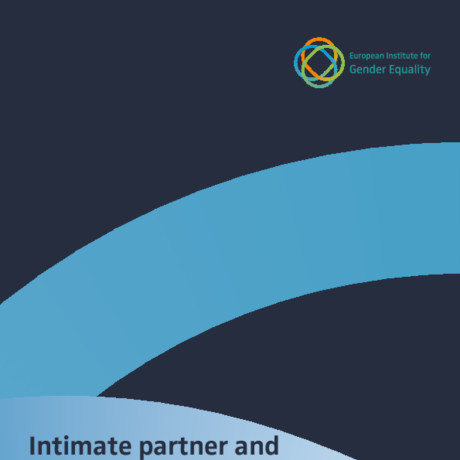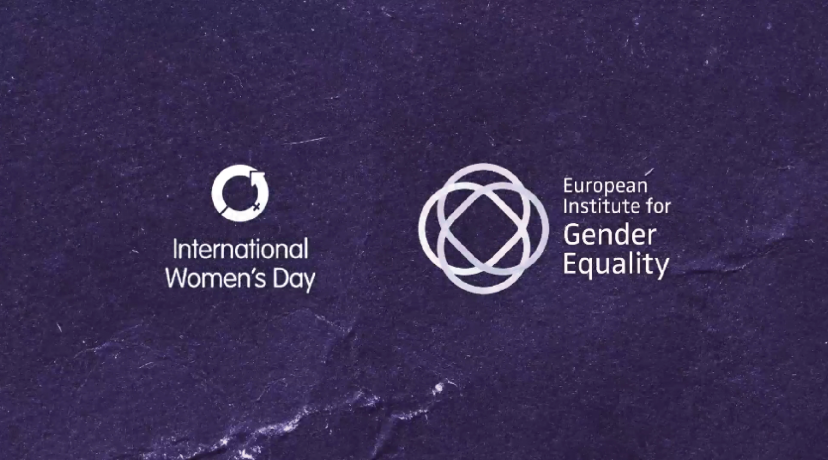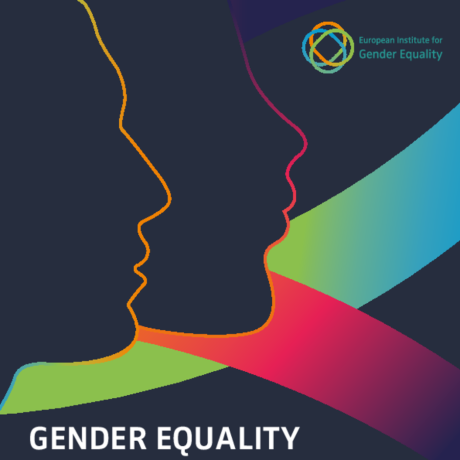On 24 October 2023 EIGE’s Director, Carlien Scheele, delivered the Gender Equality Index 2023 results to the FEMM Committee in European Parliament followed by an exchange of views.
Good afternoon members of the FEMM Committee. Thank you for having me here to share the European Institute for Gender Equality’s 2023 Index results.
Let me start off on a promising note.
Progress in gender equality in the EU is the best it's ever been since the start of the Index which is 10 years ago exactly.
A cause for celebration indeed.
YET.
Here’s the curve ball…
Only Sweden reaches a score above 80 in the Index. This means only about 2% of the EU population is close to actually living in a gender-equal society.
This means, progress comes with many moving parts – parts that move at different paces.
As ever, the picture on gender equality in the EU is nuanced.
Let’s get into the Index results in more detail.
The gender equality index measures gender inequalities within a range of areas relevant to the EU policy framework: employment, income, education, unpaid care, decision-making, health. The analysis is complemented by two additional, equally important domains: violence and intersecting inequalities.
For the first time, the Index incorporates EIGE’s survey data on care. This data sheds new light on the domain of time, which has not been updated since 2016. The time domain looks at gender inequalities in the allocation of time to care, domestic work, leisure and social activities.
This year’s Index focuses on a socially fair green transition in transport and energy and discusses the challenges and opportunities it brings to gender equality.
Now let’s talk about this year’s scores.
The European Union’s score for Gender Equality is 70.2 out of 100.
This is an increase of 1.6 points from last year’s edition. Some progress, but not enough. Since 2010, the Index score has increased by just over 7 points overall, at a rate of 0.6 points per year.
There are big variations in gender equality scores between countries - from a good 82 points in Sweden to 56 points in Romania.
Sweden, the Netherlands and Denmark are Europe’s top performers this year.
Sweden leads the ranking in the past 10 years, although its score has dropped since the last edition. The Netherlands jumped a spot to gain the second place since last year, Spain and Belgium jumped by two and three positions accordingly to make to top 5 countries in the EU.
Improvement is most needed in Romania, Hungary and Czechia.
Countries which improved the most since the last edition: Greece, Portugal and Bulgaria.
In the last 10 years the highest achievements are seen among Italy, Portugal, Luxembourg and Malta.
However, I repeat - as Sweden is the only country to exceed 80 points, I need to conclude that only 2 % of the EU population is in the home stretch to achieve gender equality. For the EU, this is far too slow to make it a fair place for everyone.
This leads to whether countries are converging in gender equality. The overall conclusion is that since 2010 the differences between Member States are decreasing.
We have 8 countries (Bulgaria, Cyprus, Greece, Croatia, Italy, Lithuania, Malta and Portugal) with faster improvements, catching up with the EU average. Seven countries with already higher levels of gender equality (e.g. Nordic countries) are flattening and moving forward very slowly.
We are proud of five outperforming countries, which exceed the EU average and progress more rapidly. Finally, the remaining 7 countries are slowly moving forward, but they remain consistently and significantly lower than the EU average.
Let’s move into the domains.
Domains which improved the most since 2010.
POWER especially in economic decision making
The domain of WORK is the second most improved, mostly led by increased participation of women in employment in the last 10 years.
The Domain of KNOWLEDGE is the third in the progress scale, mostly led by increased women’s educational attainment during the last decade.
TIME
Let’s take a closer look to the domain of TIME, which looks at gender inequalities in informal care and self-care.
Engagement and intensity
Between women and men in the EU, there is a greater balance of childcare. But there isn’t when it comes to the intensity of care and type of task.
Activities
When it comes to specific care activities, gender gaps are biggest in providing personal and physical care, as well as providing emotional support – these tasks fall heavily on women regardless of factors like income, education levels, or migration background.
In numbers, it’s an alarming 49% of women and 6% of men.
Here comes the most important point: gender gaps in care are slowly narrowing but not due to men’s substantially different role in housework but rather women’s lower engagement in such activities overall.
Assisting technologies at home, home delivery services or increased women’s employment all contributed to this change. But we cannot outsource everything to technology – technology doesn’t solve structural issues such as gender norms.
Structural change will be needed - as Claudia Goldin, professor of economics and 2023 Nobel Prize winner, puts it “We’re never going to have gender equality until we also have couple equity”.
Structural change also includes the provision of more high-quality and affordable care services.
For example, the use of childcare services has a significant impact on the care load. And the effect is particularly strong for mothers of children below 6 years. Among those who don’t use childcare services, nearly half of them are caring for more than 10 hours a day.
This rate drops to 1 out of 3 among those who use the service.
We see a similar trend among long-term carers.
Despite clear benefits, a significant share of caregivers and care recipients in the EU still struggle to access all the formal care services they need.
The main unmet needs voiced by both parents and long-term care providers include affordability, long waiting lists and the unavailability of required services.
Now let’s turn to the domain of power where we see the biggest boost for gender equality in the last 10 years.
Eight Member States have so far adopted mandatory national gender quotas for listed companies.
Ten other countries have taken a softer approach, utilising a wide range of measures and initiatives with different degrees of stringency and specificity.
The remaining nine countries have not taken any substantive action. The difference in achievements is clear - legislative action and soft measures drive progress.
Looking at women’s representation in national parliaments, we see a very different rate of progress to company boards.
In more than 10 years women’s political representation improved by 8 per cent, while women’s share on company boards nearly tripled. This is a worrying trend in view of the European elections next year.
Moreover, more efforts are needed to address gender imbalances in decision-making positions and gender unawareness in policies for climate action, especially in areas of agriculture, energy or transport. As women and other disadvantaged groups are more negatively affected by climate impacts, they can provide critical leadership and solutions to address the climate crisis.
Finally, I want to shed some light on the domain of work as it came across as one of the key areas of the green transition.
In the Gender Equality Index we look at gender inequalities in the care sector. Four times more women than men are employed in education, health hand social welfare. This trend has remained frozen since 2010.
A very similar picture emerges in the share of men among all employees in education and the care sector. It is stubborn. The share of women in STEM occupations increased marginally. Overall, and here comes the most important point, that despite the broad recognition of this structural issue over the years and its huge impact on other gender inequalities, the change has yet to come.
The most recent labour force forecasts show high labour demands in care sector, intensified by COVID pandemic and climate change. However, the picture does not look very promising, as the young men and even women are not too attracted to joining the care workforce. With the older and less gender segregated cohort to retire, it is expected that gender segregation in care occupations might increase further.
On the other hand, the gender segregation will lead to very uneven gains and costs of the green and digital transition. Most job growth is expected in sectors currently dominated by men and may therefore increase gender inequalities.
Now, knowing what we know, it’s time to think about actioning change and taking #3StepsForward for gender equality.
I say #3StepsForward because it’s based on EIGE’s campaign which was launched last year- to galvanise our stakeholders to think about how they would take three – practical – steps towards gender equality.
After receiving a high volume of #3StepsForward – I want to share some of the commitments with you.
With these examples I hope you leave here inspired to make YOUR next three steps forward.
Europe’s women and men in all their diversity – are counting on you.
Thank you.
Further reading
How did your country do? Discover the Gender Equality Index scores
Read the Gender Equality Index 2023 report
EU gender equality reaches new milestone: is progress accelerating?
Read more about EIGE’s focus on taking #3StepsForward for a green and gender-equal Europe here




